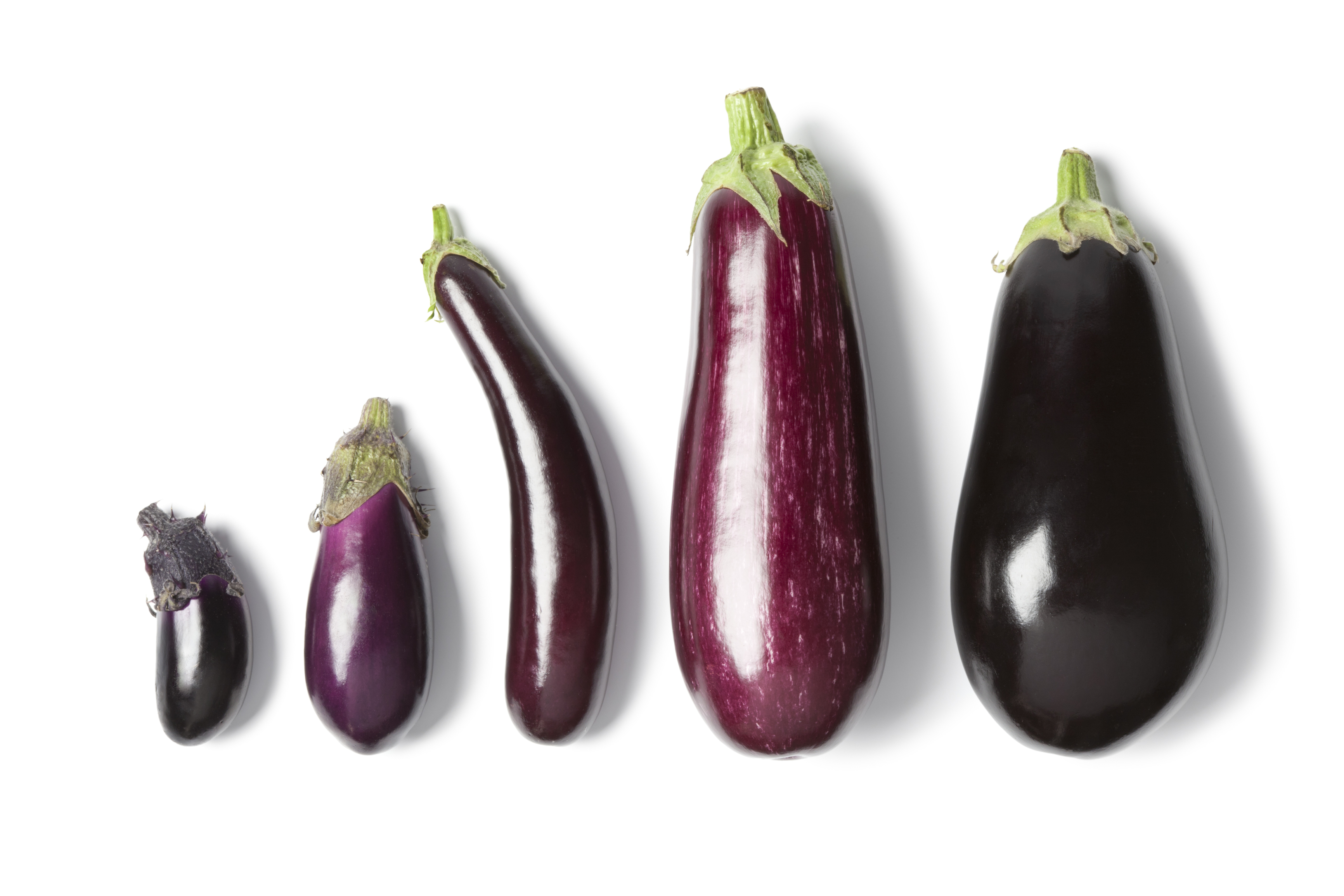
Among the most commonly consumed nightshades, the eggplant is a favorite among market-goers.
Celebrated for their varying shapes and colors, these versatile vegetables (technically fruits) are rich in anti-inflammatory anthocyanins and the essential trace element manganese, which is important to bone formation. They are also full of fiber.
It's no wonder they've taken a foothold in Sicilian cuisine. But there would be no pasta alla Norma, pasta 'ncasciata, or eggplant Parmesan without the arrival of the Arabs in the ninth or tenth century, says Clifford Wright, a James Beard award-winning author of 19 books on cooking, food, history, and politics. His latest tome, An Italian Feast: The Celebrated Provincial Cuisines of Italy from Como to Palermo, features more than 800 recipes from the 109 provinces of Italy's 20 regions.
We recently discussed the eggplant's fascinating history and how its perception and use have evolved over the centuries.
What is your background, and how did you become interested in Italian food history?
I began cooking in 1967. I'm part Italian [with family from Pago Veiano in the province of Benevento in Campania]. My mother cooked Italian-American food; it was my home food. I also worked in restaurants whose chefs were Italian, and lastly, I often traveled to Italy and loved the food.
How did the eggplant first arrive in Southern Italy, and what were the initial reactions to eggplants?
Although most botanists believe southeastern India is the place of origin of the eggplant, and some botanists make a case for China, as well as the Malay peninsula, the place of origin is still unknown. Nikolai Vavilov identified the mountains of central and western China and its adjacent areas as the place of origin and India as the center of origin. It seems clear, though, that India is, at least, a secondary area of origin. The cultivated eggplant appears to be an improved form of either S. insanum or S. incanum, both of which are native to India.
What is the history of the eggplant?
Arab agriculturists brought the eggplant to the Mediterranean from Persia and perhaps from the Arabian Peninsula in the ninth or tenth centuries. The Arabs seem to have discovered the eggplant already growing in Persia shortly after their conquest of that country in 642 A.D., although several ancient Arabic names for the eggplant seem to come directly from other Indian names, indicating that the plant may have arrived in the Arabian Peninsula in pre-Islamic times.
The Arabs have long been fond of eggplant, and medieval Arabic cookery manuscripts always have many recipes. Although eggplant was initially treated with suspicion, it soon became a favorite vegetable. In fact, the medieval Arab toxicologist Ibn Waḥshīya (circa 904) said it was fatal when eaten raw.
Sicily was one of the first places in Europe where eggplant was grown after being introduced by Arab farmers. They were grown in Spain by the tenth century, although the first clear reference to them in Sicily is from 1309, where they are called melingianas and are grown in a garden along with cucumbers and a kind of gourd (squash).
Although the eggplant was once called "mad apple" (mala insana) because it was thought to produce insanity, this expression is not the etymological root of the Italian and Sicilian words for eggplant, melanzane, and mulinciana, respectively.
The Italian and Sicilian words derive from the Arabic word for the plant, bādhinjān, with the addition of the initial "M."
There are numerous recipes for eggplant from thirteenth-century Spain. This is notable because eggplant was a relatively new vegetable in Europe, and this is an early date for its being common.
Tortilla de berenjenas, an eggplant puree tortilla from Seville, is a recipe from the thirteenth-century Arab-Andalusi cookbook of Ibn Razīn al-Tujībī, the Kitāb faḍālat al-khiwān fī ṭayyibāt al-ṭacam wa'l-alwān.
How did the perception of eggplant change?
The eggplant probably began as an ornamental in gardens as it was thought to be poisonous. Slowly, it became a Sicilian favorite.
What's a favorite traditional Sicilian dish that prominently features eggplant?
Certainly there is eggplant Parmesan. Although also popular in Campania, it is typically Sicilian.
For further insight and eggplant recipes, check out Clifford's books, A Mediterranean Feast, An Italian Feast, and Mediterranean Vegetables, available at cliffordawright.com or through your favorite online bookseller.
If you enjoyed this article, consider subscribing to my newsletter for more content and updates!
